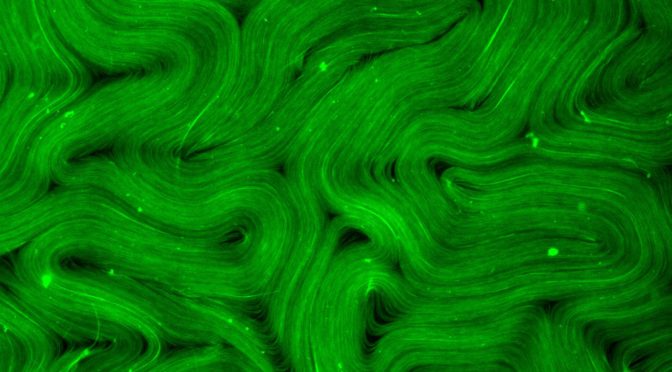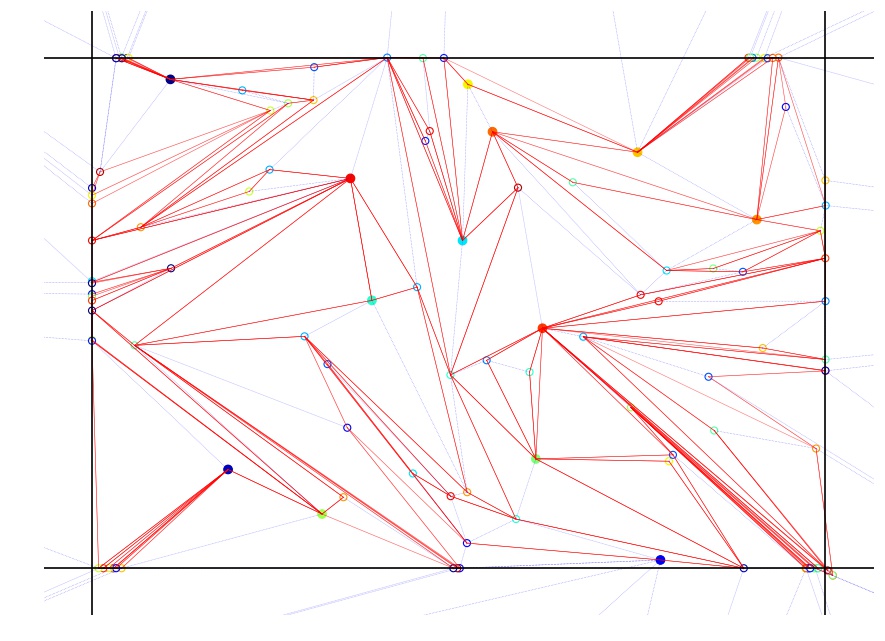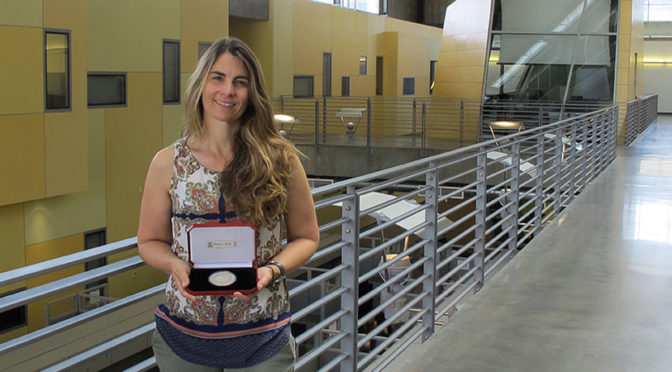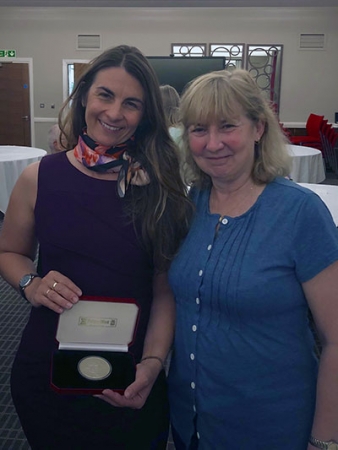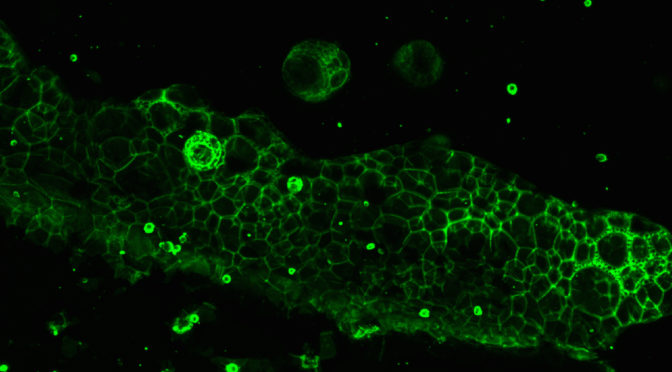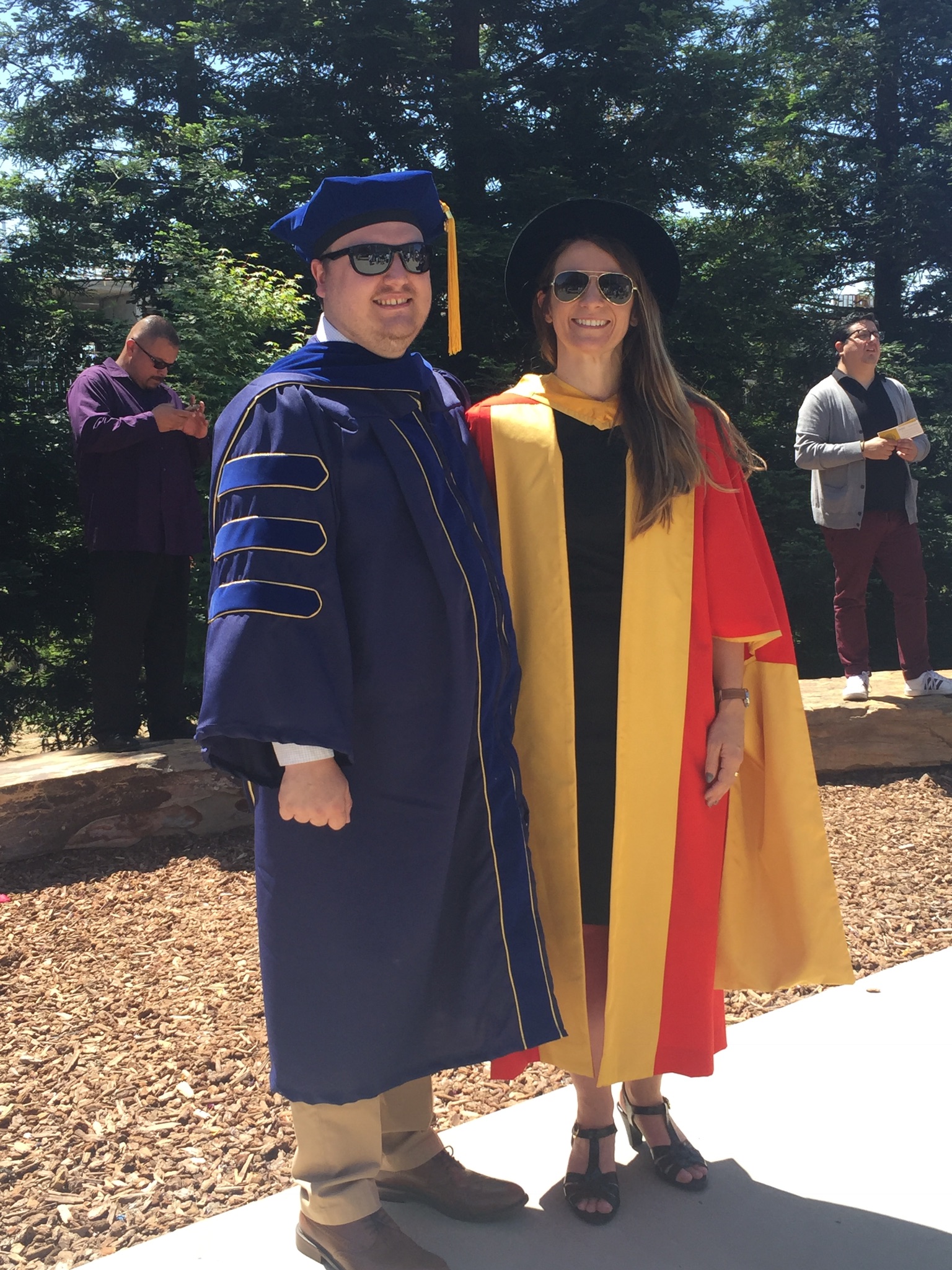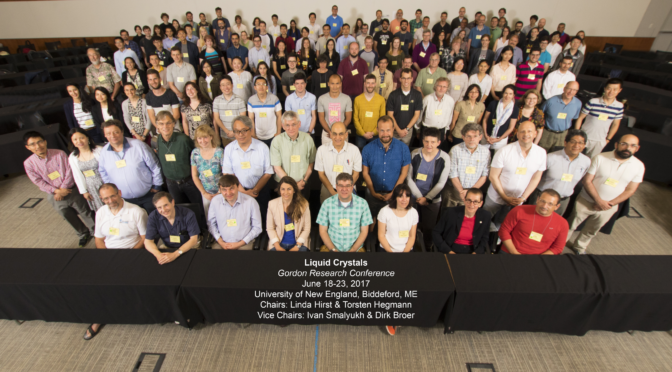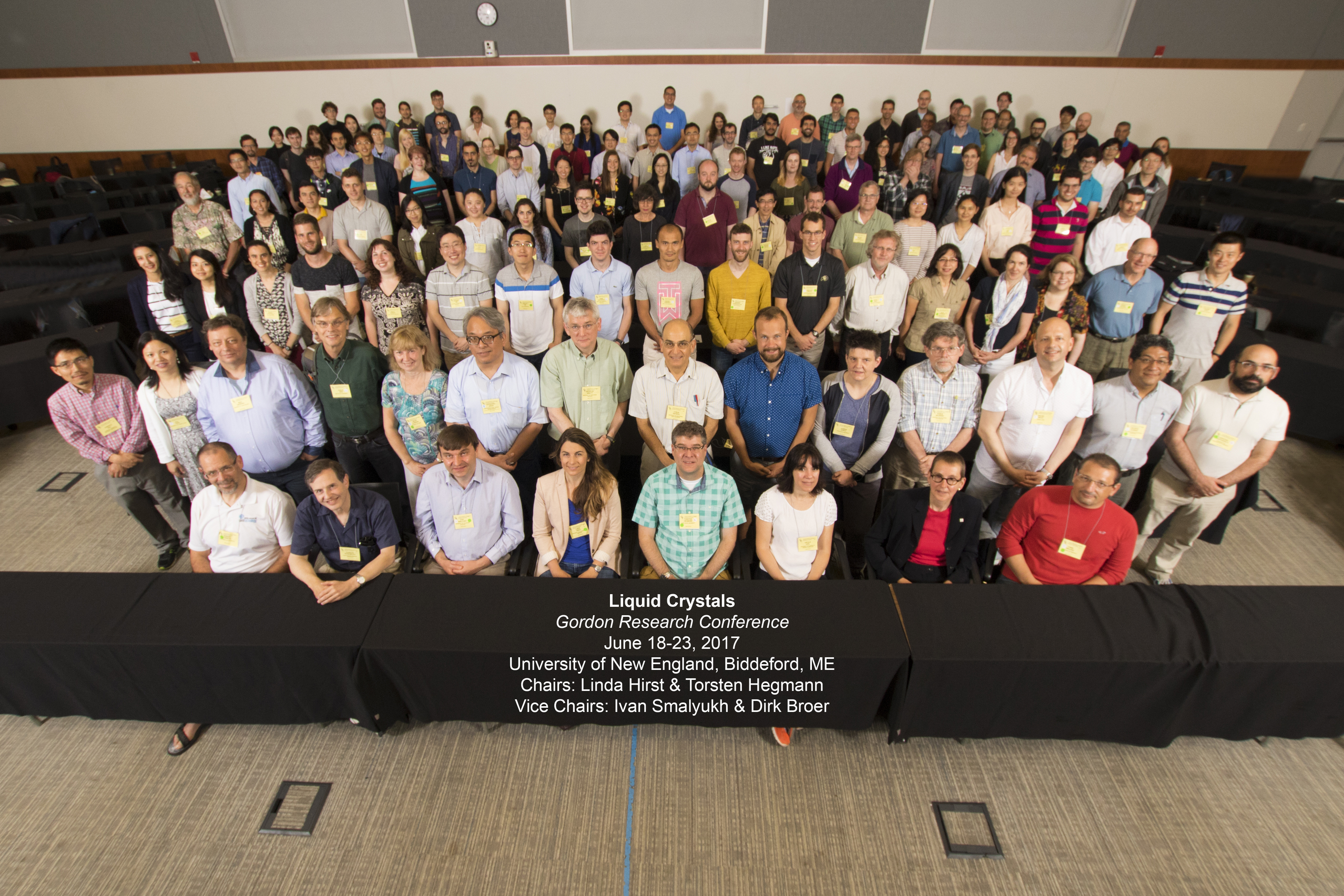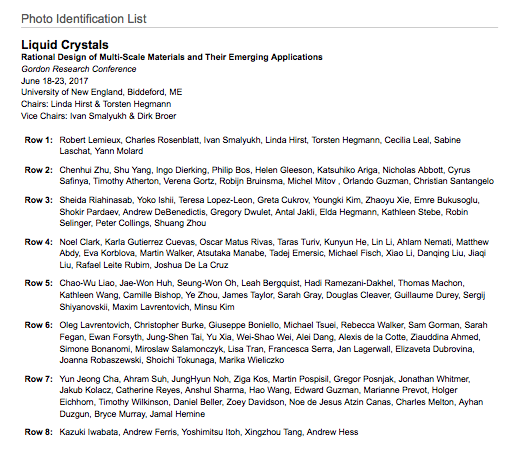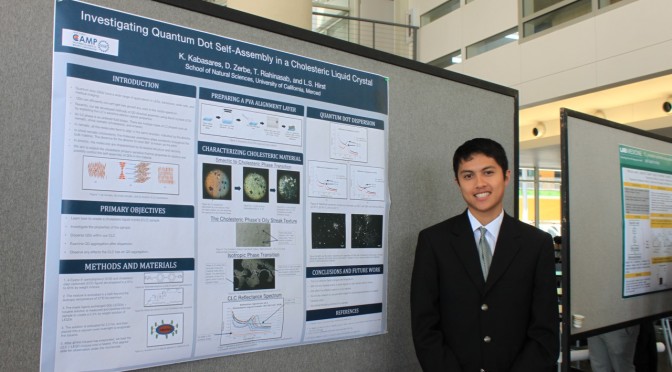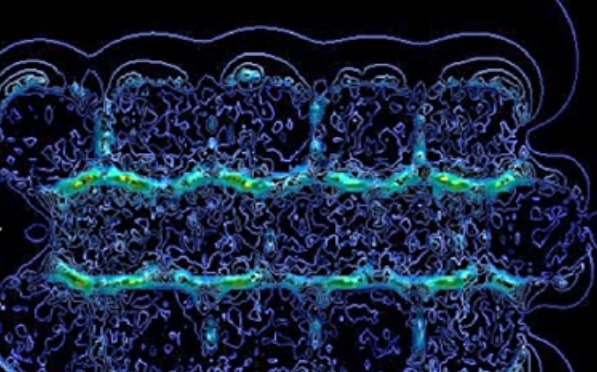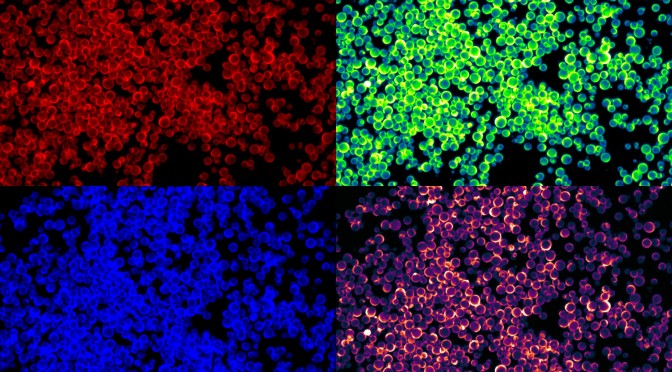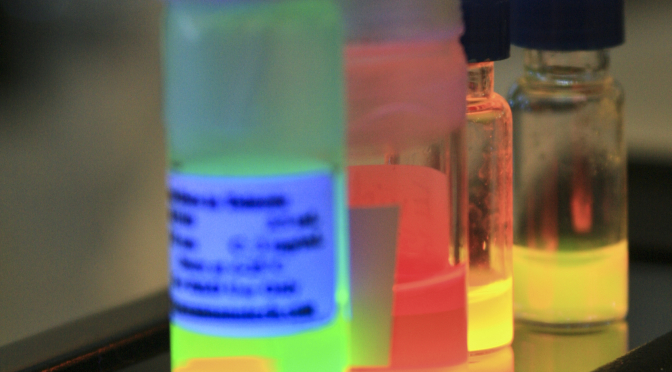Colloidal aggregation in anisotropic liquid crystal solvent
Devika G. Sudha, Jocelyn Ochoa and Linda S. Hirst, Soft Matter (2021) https://doi.org/10.1039/D1SM00542A
The mutual attraction between colloidal particles in an anisotropic fluid, such as the nematic liquid crystal phase, leads to the formation of hierarchical aggregate morphologies distinct from those that tend to form in isotropic fluids. Previously it was difficult to study this aggregation process for a large number of colloids due to the difficulty of achieving a well dispersed initial colloid distribution under good imaging conditions. In this paper, we report the use of a recently developed self-assembling colloidal system to investigate this process. Hollow, micron-scale colloids are formed in situ in the nematic phase and subsequently aggregate to produce fractal structures and colloidal gels, the structures of which are determined by colloid concentration and temperature quench depth through the isotropic to nematic phase transition point. This self-assembling colloidal system provides a unique method to study particle aggregation in liquid crystal over large length scales. We use fluorescence microscopy over a range of length scales to measure aggregate structure as a function of temperature quench depth, observe ageing mechanisms and explore the driving mechanisms in this unique system. Our analyses suggest that aggregate dynamics depend on a combination of Frank elasticity relaxation, spontaneous defect line annihilation and internal aggregate fracturing.


